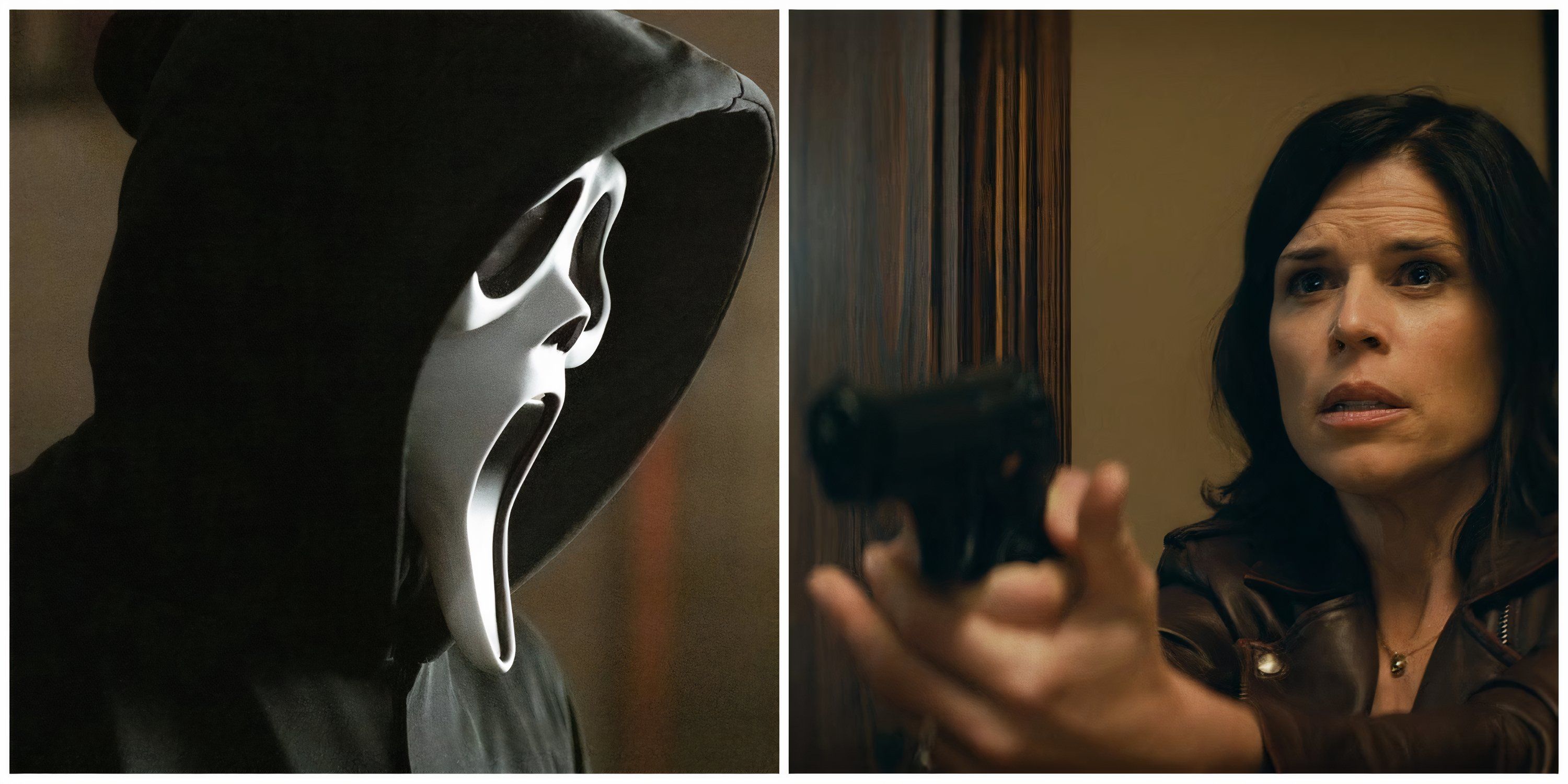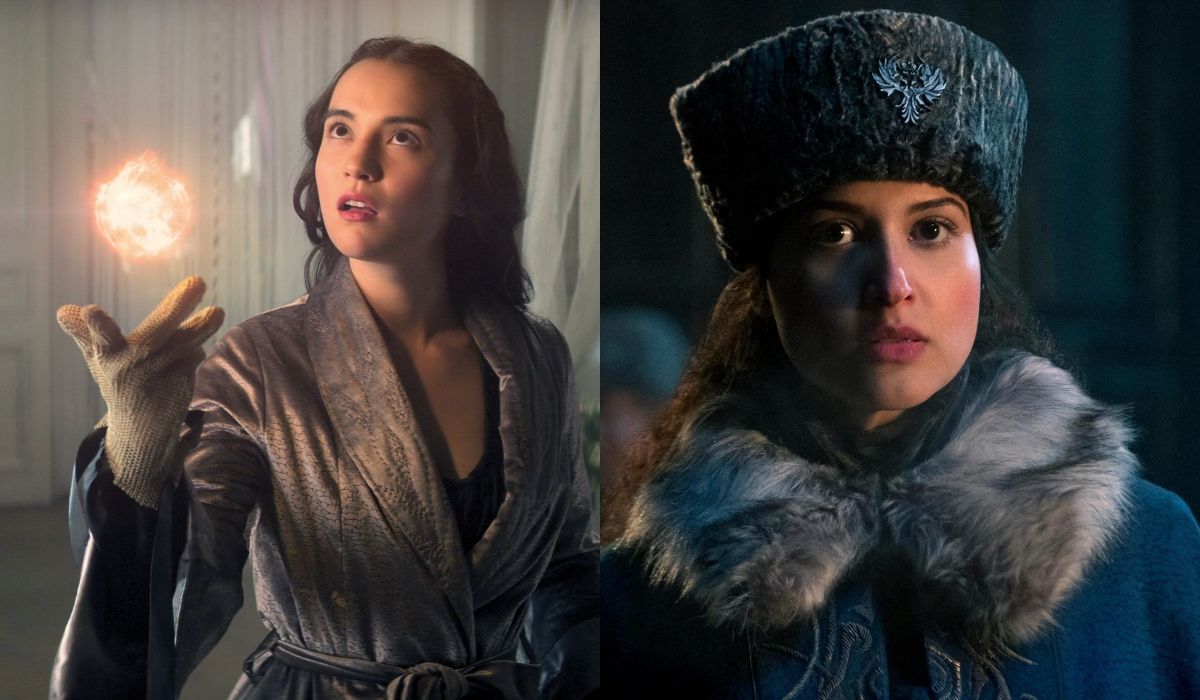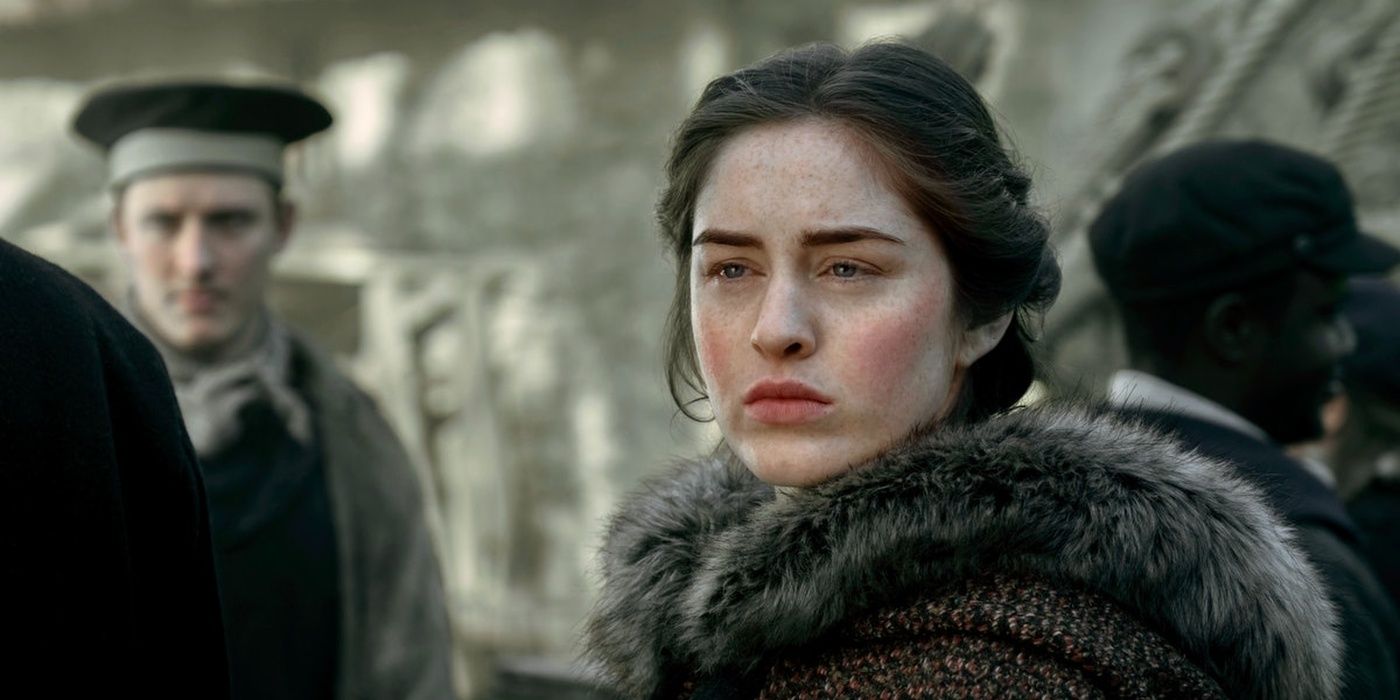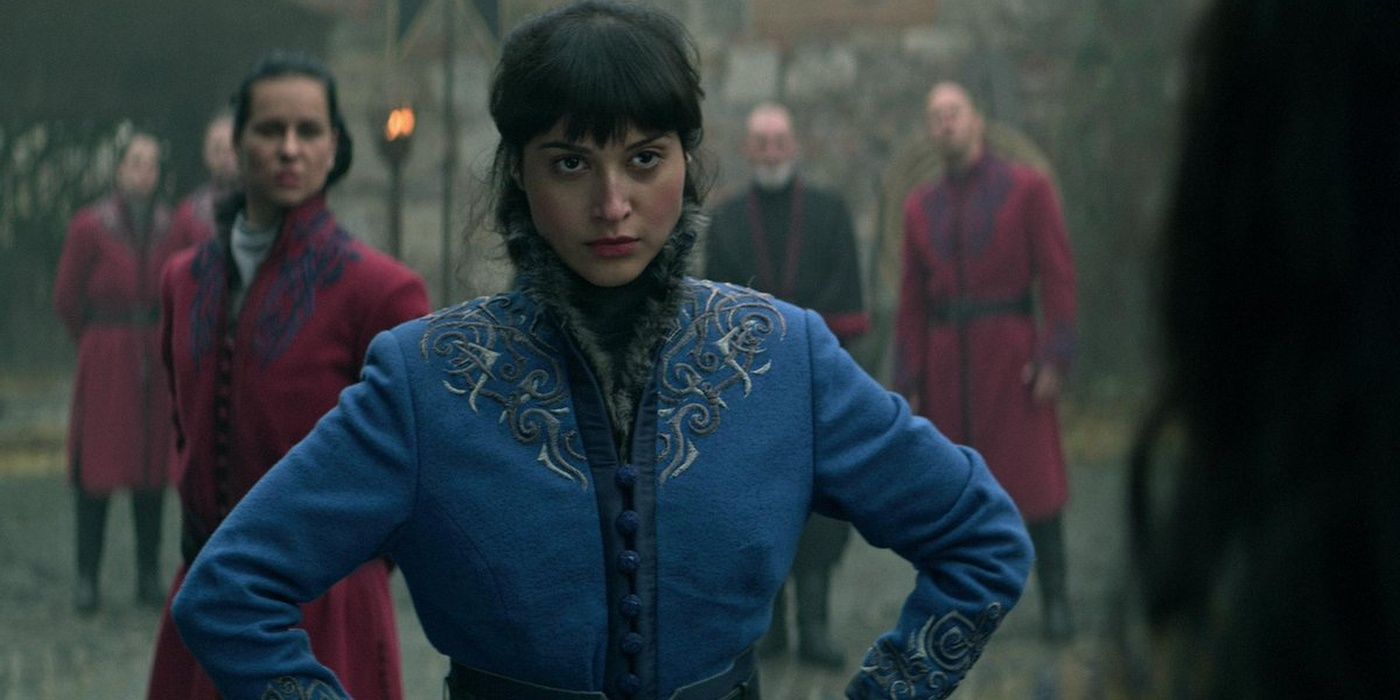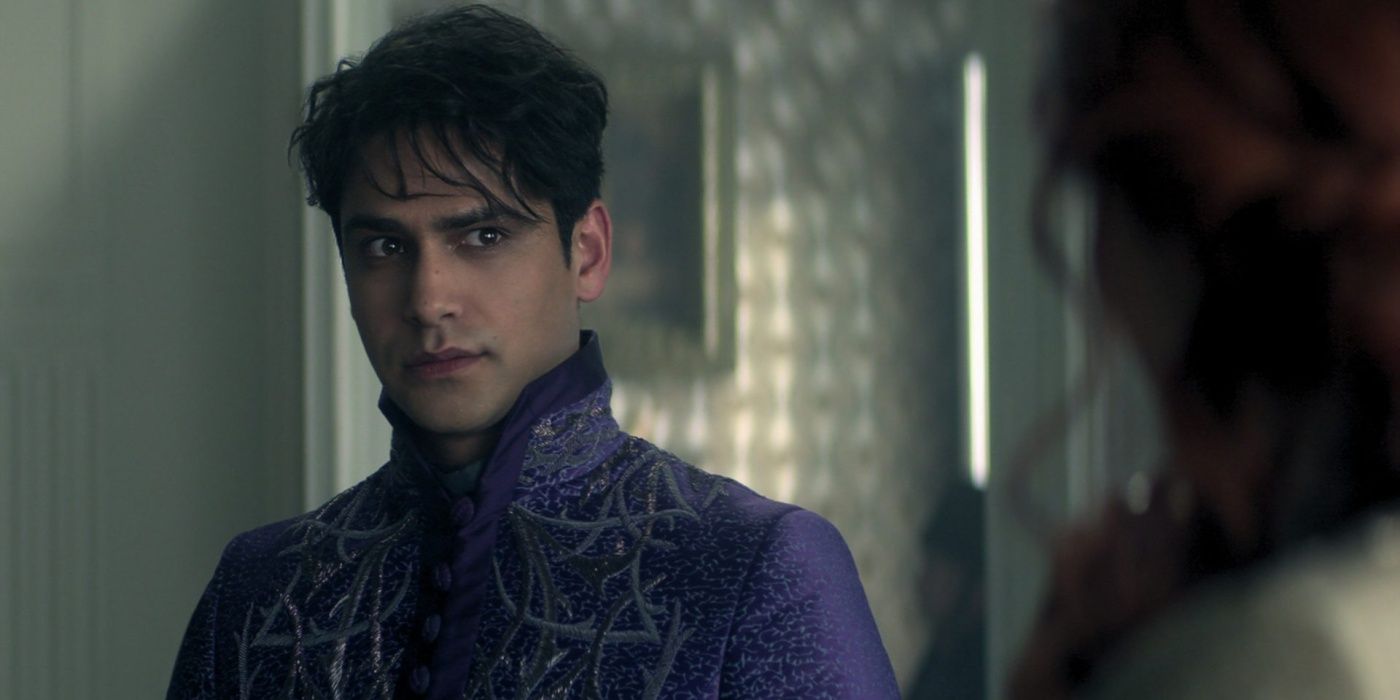In works of fantasy, it can often be difficult to introduce the audience to the new world that the creators have made without totally overwhelming them. While fantasy has well-known tropes and elements that are similar to things in the real world, it also often has a magic system, languages, and political systems that all need to be taught to the audience without feeling like too much of an infodump. Sometimes these concepts can be confusing for even the most seasoned fantasy fans to grasp.
The Netflix adaptation of Shadow and Bone did a pretty good job of explaining the world of Ravka to new viewers who are unfamiliar with the original novels. The rules of the world are outlined pretty clearly, and the audience immediately gets the gist: there are people with magic in this world, and the main character Alina has a special type of magic that is literal light that can defeat the opposing dark magic. But looking deeper into the magic of the Grisha can be a bit more confusing, especially since the different types of Grisha go by multiple different names. What powers do different types of Grisha have? Are Etherealki and Squallers the same thing? And what exactly do the different orders of the Grisha mean, anyway?
So first of all, what is a Grisha? In simple terms, they are people who practice the "Small Science" by manipulating the natural elements around them. The Grisha don't refer to their powers as "magic", seeing it instead as an extension of the natural world (hence the "Science" part). They can't produce their elements out of thin air, but can alter and manipulate things that already exist. For instance, Durasts do not create metal, but are able to control metal that already exists. When a person discovers they have powers and are Grisha (they are tested as children), they are sent off to the Little Palace to train and eventually join the Second Army, the branch of the Ravkan military that is made entirely of Grisha. Most Grisha are only able to control one element and their powers don't overlap, which is why they are divided into different orders for different purposes.
Corporalki - The Order of the Living and the Dead
The Corporalki have control over the human body and are divided into three subsections: Heartrenders, Healers, and Tailors. Heartrenders have the ability to manipulate the body of another with the intent to cause harm - for example, stopping someone's heart. They are some of the most feared Grisha because of the nature of their powers, and are considered valuable soldiers in the army. Nina Zenik is one of the Heartrenders that the show follows.
Healers are the next group in the Corporalki order. Healers sort of have the reverse powers of their Heartrender brethren, as Healers are able to manipulate the body in order to treat wounds and injuries. Finally, Tailors have the ability to alter the features of the body to create a new appearance. Genya Safin - one of the prominent characters in Shadow and Bone - is a Tailor, and uses her abilities to attend to the Queen of Ravka and keep her looking youthful, as well as Alina (whom she helps to appear more "presentable" for the courts). Corporalki wear red keftas (the uniform of the Second Army), as ever Grisha order has a specific kefta color assigned to them, with specific embroidery that indicates which subgroup they belong to.
Etherealki - The Order of Summoners
The Etherealki have control of natural elements (reminiscent of bending in Avatar: The Last Airbender) and are also divided into three groups: Squallers, Inferni, and Tidemakers. Squallers can control the air by raising and lowering air pressure, creating heavy winds and even dampening noises to shield themselves and others from detection. Zoya Nazyalensky is the most prominent Squaller in Shadow and Bone, and her power plays an even larger role in other Grishaverse books.
Inferni can summon combustible gases such as methane or hydrogen, using them with a flint to create sparks and start (and control) fires. Tidemakers control water, manipulating currents and also drawing moisture from the air or another nearby source. Alina Starkov and General Kirigan are technically Summoners as well, as they are able to summon light and dark respectively. Etheralki normally all wear blue keftas in the Second Army, other than Kirigan, who is the only Grisha to wear a black kefta.
Materialki - The Order of Fabrikators
Materialki have control over physical materials such as metals, textiles, and chemicals. They are divided into two subgroups: Durasts and Alkemi, and are often simply referred to as "Fabrikators". Fabrikators created many innovations that are used widely in Ravka and have been of great use to the Army, including Grisha steel, Fabrikator glass, blasting powders, and luminya (liquid fire). The Second Army uniform for Materialki is a purple kefta.
Durasts are Fabrikators who deal with solids like metals, textiles, and glass. They are able to manipulate these elements to create new inventions or in some cases, even redirect the path of a bullet. David Kostyk is a Durast, and in Shadow and Bone is the Grisha who creates the Amplifier made from Morozova's Stag that the Darkling forces Alina to wear (and in the show, melds into her body). Alkemi are able to manipulate chemicals and blasting powders. Initially, Materialki were the lowest order of the Grisha and were never taken into active combat for the Second Army, but as the series progresses, they are given a bigger role.
So those are the orders of the Grisha, in the simplest terms. Again, the show does a good job of briefly outlining what different Grisha can do, but it obviously can't take the time to halt the story entirely to sit the audience down and walk them through an in-depth explanation, because that would be boring and too exposition-heavy. That being said, hopefully this explainer helps those viewers who are new to the Grishaverse to understand the way the Grisha are organized. Perhaps in future seasons, the audience will get to see more of the Grisha orders that didn't get much of a spotlight in Season 1.



